Mollies Care for Beginner Fish Keepers
If you ever wanted a tank that feels alive with gentle movement and subtle flashes of color, mollies might be your perfect starting fish. They’re hardy, peaceful (with the right companions), and come in a variety of shapes and colors — from sleek black to shimmering gold dust.
This guide will walk you through everything you need to know about mollies care for beginners. Here we will cover from choosing healthy fish to keeping them happy long-term, without the overwhelm.
Choosing a Healthy Molly at the Store
Mollies are social, active fish, so the first step is picking strong, healthy individuals from the start.
Look for:
- Bright, even coloration – No dull or faded patches unless it’s part of their natural pattern.
- Active swimming – They should move smoothly, explore their surroundings, and interact with others.
- Full, intact fins – No fraying, splitting, or ragged edges.
- Clear eyes and clean scales – No cloudiness or fuzzy growths.
Red flags to avoid:
- Fish hanging near the surface and gasping
- Clamped fins held close to the body
- Sunken bellies or bloated bodies
- White spots, fuzzy patches, or red sores
- Lethargy, drifting, or hiding excessively
A healthy molly will greet you with curiosity, not fear.
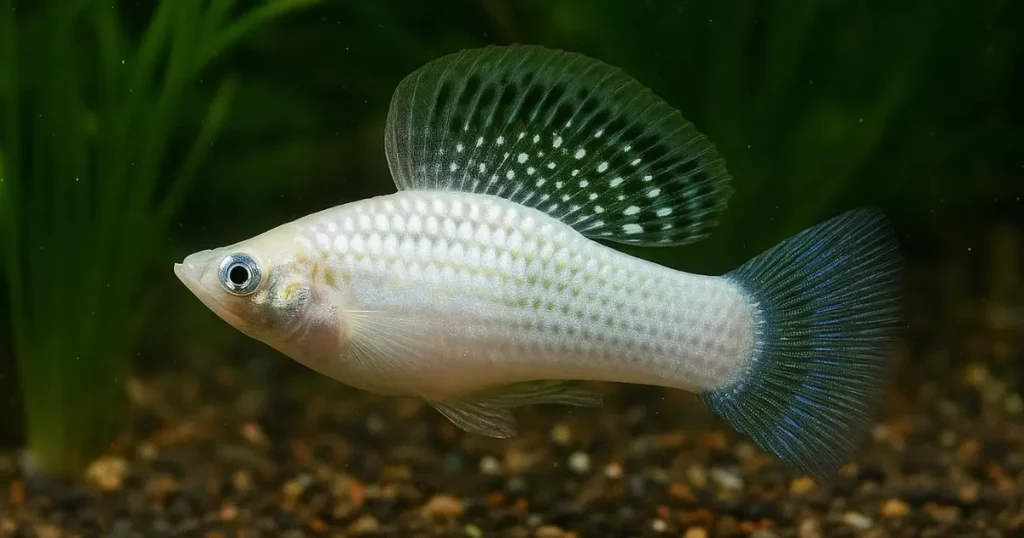
Tank Setup Requirements
Mollies are more adaptable than many tropical fish, but giving them a stable, comfortable home will keep them at their healthiest and most vibrant. For a small group, a minimum of 20 gallons is recommended, though more space means better water stability and happier fish. A long tank shape is ideal, as it gives them room to swim horizontally, mimicking their natural movement patterns. They thrive in water temperatures between 75–82°F (24–28°C), with a slightly alkaline pH of 7.5 to 8.5 and moderate to hard water to support their mineral needs. Keep the water flow gentle to moderate, avoiding strong currents that can tire them out, and you’ll create an environment where they can truly flourish.
Ideal Tankmates
Mollies are peaceful but active. They do best with other community fish that share similar water needs.
Good companions:
- Guppies, platies, swordtails (other livebearers)
- Corydoras catfish (peaceful bottom dwellers)
- Small danios or rasboras
- Mystery or nerite snails
Avoid:
- Aggressive fish like cichlids (except some dwarf species)
- Fin-nippers such as tiger barbs (unless in large, carefully balanced groups)
- Very slow fish with long fins — mollies might outcompete them for food
Filtration, Plants, and Lighting
- Filtration: A sponge filter or hang-on-back filter works well — just keep flow gentle. Mollies appreciate clean, well-oxygenated water.
- Plants: Live plants like java fern, hornwort, and anubias give them shelter and grazing surfaces.
- Lighting: Moderate light keeps plants healthy and helps mollies show off their colors. Avoid overly bright light without hiding spots, as it can make them nervous.
Feeding Mollies
Mollies are omnivores with a strong preference for plant matter.
Best food types:
- High-quality flake or micro-pellets
- Blanched vegetables (zucchini, spinach)
- Spirulina-based flakes or wafers
- Frozen foods like brine shrimp or daphnia (occasional treat)
Feeding frequency:
- Twice daily, only what they can eat in 1–2 minutes.
Overfeeding causes waste buildup, which stresses both fish and fishkeeper.
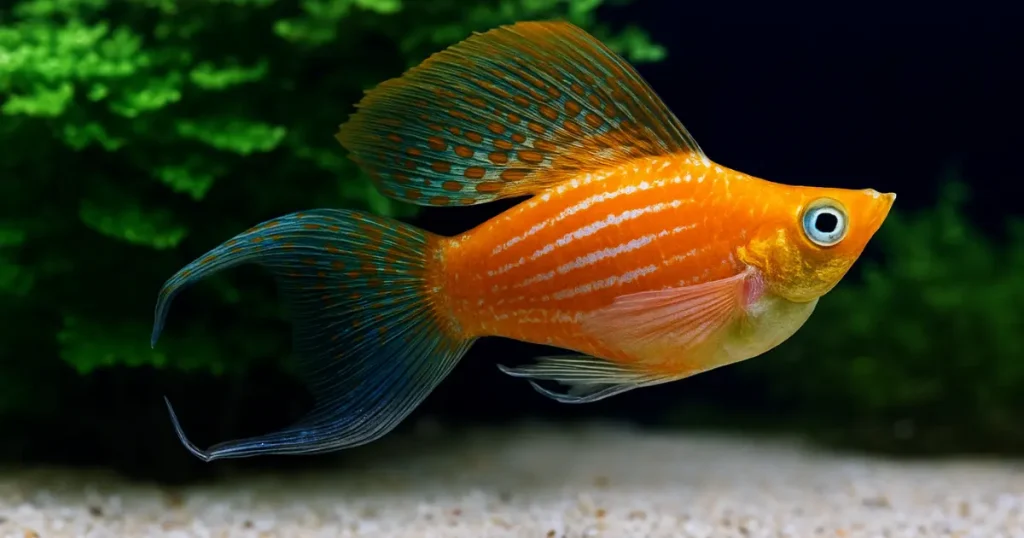
Behavior and Temperament
Mollies are peaceful fish, rarely causing trouble in a balanced community tank. They are quite active too as they enjoy swimming throughout the water column. These are social fish so they are happiest in groups of at least 4–6. Mollies love to engage as they often “greet” you when you approach the tank.
They are livebearers, meaning they give birth to free-swimming fry, so don’t be surprised if you notice tiny baby fish one morning.
Best Care Tips to Reduce Stress (for You and Your Fish)
- Keep water changes regular — 25–30% weekly works well.
- Add hiding spots using plants, driftwood, or rock caves.
- Maintain stable temperature and pH — sudden swings cause illness.
- Use a gentle filter to avoid chasing them around the tank.
- If you go on vacation, an automatic feeder or pre-measured food portions will keep things easy.
Common Issues & How to Avoid Them
- Ich (White Spot Disease) – This is one of the most common aquarium illnesses, showing up as tiny white grains (like salt) on your molly’s body and fins. It’s often triggered by stress, sudden temperature drops, or introducing new fish without quarantine. Quarantining newcomers for at least 2 weeks and keeping water conditions steady are your best defenses. If ich appears, treat promptly with aquarium-safe medication and raise the temperature slightly to speed recovery.
- Fin Rot – Fin rot looks like frayed, ragged edges on your molly’s fins, often with a white or red outline. It’s usually caused by poor water quality or injury from sharp decor. Prevention is simple: keep up with water changes, avoid rough decorations, and feed a balanced diet to support immunity. If caught early, clean water alone can help fins regrow.
- Livebearer Disease (Internal Parasites) – Some mollies from poor breeding setups carry internal parasites, which can cause weight loss, stringy white feces, or reduced appetite. Buying from reputable sources greatly lowers the risk. If you notice symptoms, isolate the affected fish and treat with a parasite medication recommended for livebearers.
- Overbreeding – Mollies breed easily, and females can store sperm for months — meaning you might see fry even without males around. While baby mollies can be adorable, too many can quickly overcrowd your tank. If you’re not ready for the responsibility, keep only males, or separate males and females. You can also provide hiding spots for fry and rehome them later if needed.
- Jumping Out of the Tank – Mollies aren’t constant jumpers, but it happens more than you’d think — especially when they’re stressed, startled, or chasing food at the surface. Use a lid, mesh cover, or floating plants to keep them safe inside. This was a beginner lesson for me, as I found 2 white mollies on the ground near my outdoor tank.
Beginner Mistakes
- Overcrowding – Mollies may seem small, but they thrive in open, flowing space where they can swim freely and interact naturally. Squeezing too many fish into one tank quickly turns that peaceful environment into a stressful battle for territory, food, and oxygen. Stress weakens their immune system, making them more likely to get sick — and for you, it means more cleaning, more algae, and more problems to fix.
- Skipping Water Changes – Mollies are hardy, but even the strongest fish can’t thrive in water that’s slowly turning toxic. Uneaten food, fish waste, and plant debris all break down into harmful chemicals you can’t see — until your mollies start losing color, gasping at the surface, or hiding more often. Regular water changes keep their world fresh and clear, and your aquarium beautiful to watch.
- Mixing Incompatible Species – While mollies are peaceful, they don’t do well with fish that see them as easy targets. Aggressive or fin-nipping tankmates can leave them with torn fins, constant stress, and even infections. Incompatible fish might also outcompete mollies for food, leaving them hungry and weak. Choosing calm, community-friendly companions makes a world of difference to their well-being.
- Ignoring Water Hardness – Mollies naturally come from harder, more mineral-rich waters. If kept long-term in very soft water, they can slowly lose vitality, become more susceptible to disease, and struggle with breeding. Adjusting your water to match their needs — even with simple crushed coral or mineral additives — helps keep them healthy and active for years.
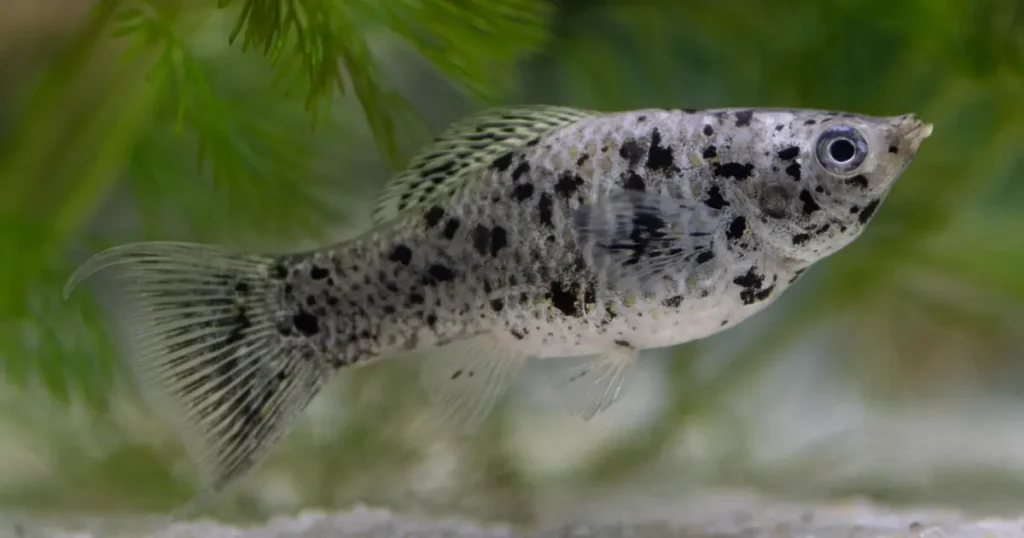
Creating the Ideal Molly Tank Vibe
Think of your molly tank as a calm, plant-filled riverbank. Give them open swimming space in the center, plants at the edges, and a few shaded areas where they can rest. A balanced tank will feel like a small underwater garden — soothing to watch, easy to care for.
Final Thoughts
Mollies care for beginners doesn’t have to be complicated. With the right setup, they’ll reward you with years of activity, color, and charm. Start with a healthy group, keep their water clean, and feed them well — the rest is just enjoying the calm moments as they glide through your miniature world.


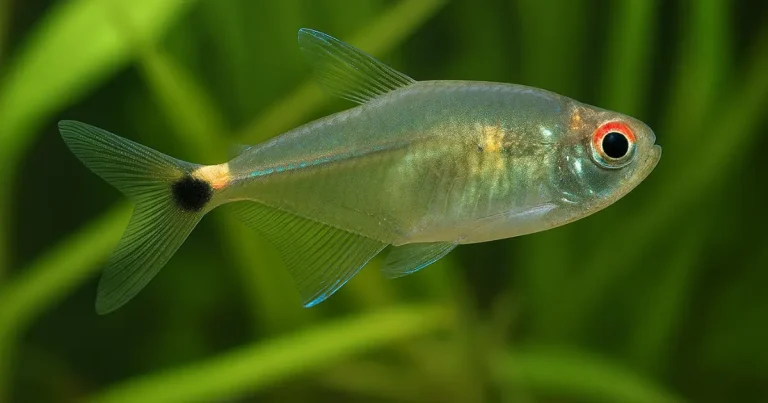
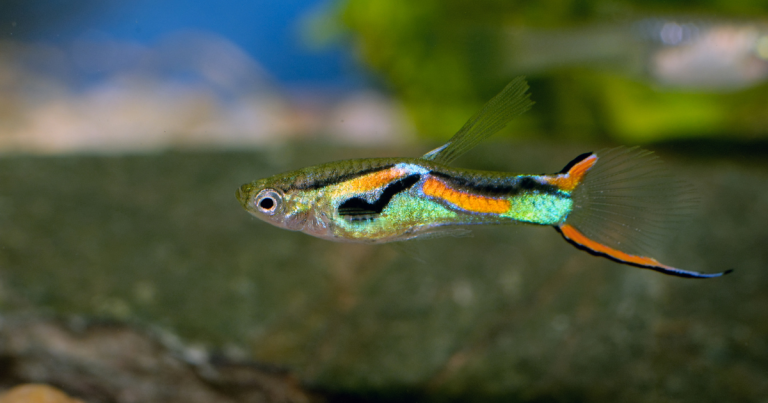
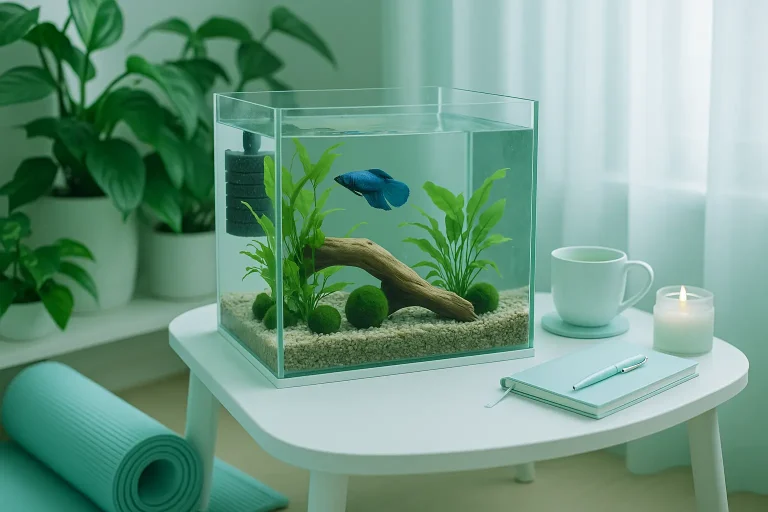
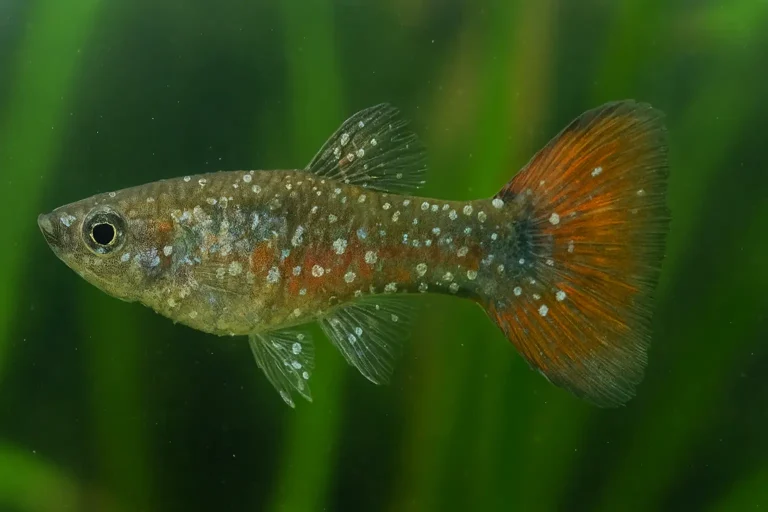
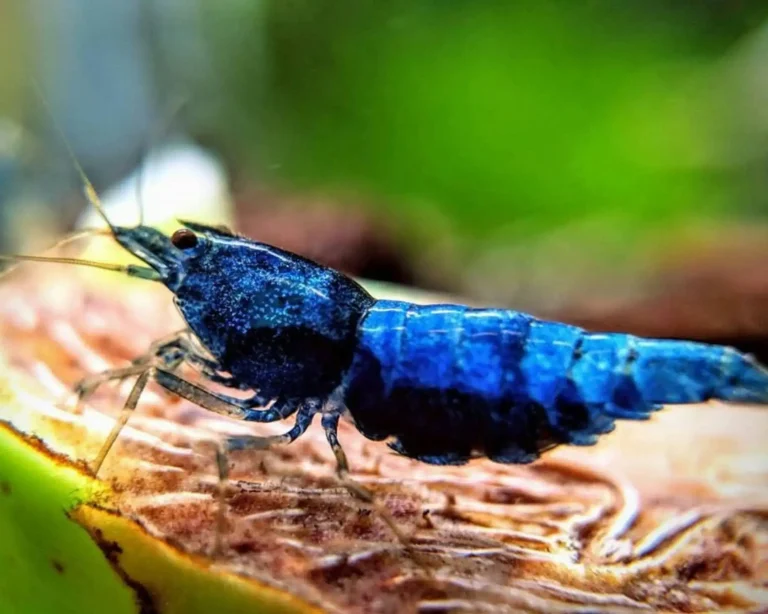
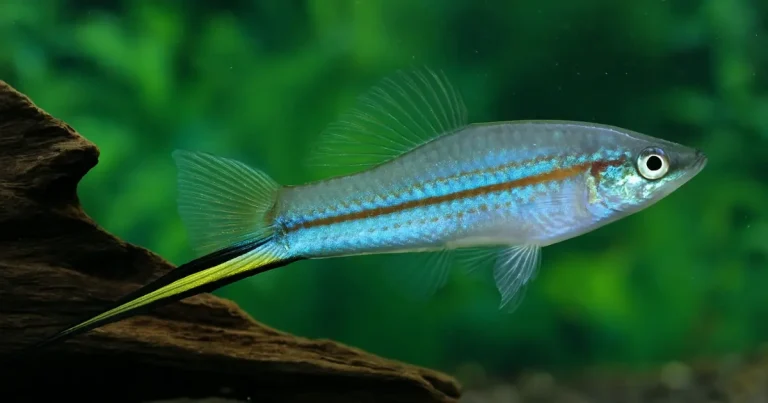
Leave a Reply